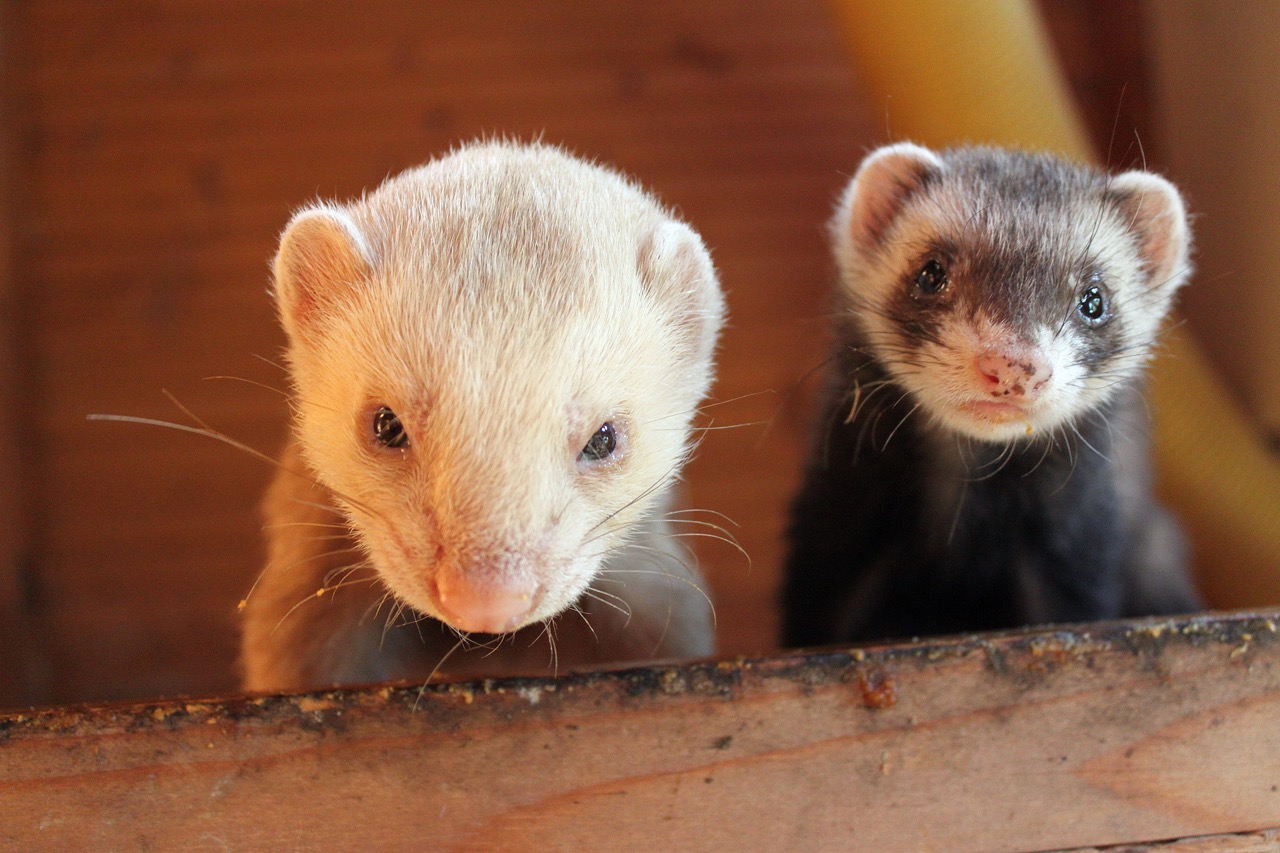Setting up a ferret cage that caters to both play and rest is essential for their wellbeing. Ferrets are lively creatures that require ample space to roam, explore, and indulge in their natural instincts while also having a cozy area to retreat and rest. In this article, we will explore how to create a comfortable and stimulating environment for your ferret, detailing the essential features of their cage, the right accessories to include, and maintenance tips to keep their habitat clean and healthy.
Understanding Your Ferret’s Environment Needs for Comfort
Ferrets are social animals that thrive in environments that mimic their natural habitats. A ferret’s cage should be spacious enough to allow them to move freely, play, and explore. Ideally, a single ferret requires a minimum of 24 inches wide, 24 inches deep, and 36 inches tall, but larger enclosures are highly recommended, especially if you have multiple ferrets. Vertical space is equally important, as ferrets love climbing, so multi-level cages can provide them with more areas to explore and enjoy.
Temperature and ventilation play significant roles in your ferret’s comfort. Ferrets are sensitive to extreme temperatures, so their cage should be kept in a climate-controlled area of your home. Avoid direct sunlight that can raise the temperature inside the cage. Ensure that the cage has adequate airflow, which can be accomplished by choosing a cage with a wire design, allowing fresh air to circulate while keeping them safe from escape.
Lastly, consider your ferret’s need for privacy. Providing covered areas in the cage, such as hammocks or tunnels, allows them to retreat when they need some downtime. This behavior mimics their natural instincts to hide from predators, ultimately making them feel secure and comfortable in their environment.
Essential Cage Features for Safe Play and Rest Areas
A safe ferret cage should have secure locks and sturdy construction to prevent escapes. Ferrets are notorious for their curiosity and cleverness; therefore, any cage should be escape-proof. Ensure that the spacing between bars is no wider than 1 inch to prevent any accidental escapes or injuries. Additionally, the materials should be chew-proof, as ferrets love to gnaw on anything they can find.
When it comes to creating designated play and rest areas, consider incorporating different levels within the cage. Multi-level platforms allow ferrets to climb and explore while providing ample space for them to rest. A solid floor is crucial, as it prevents injuries from falls and provides a comfortable resting area. Avoid using wire flooring, which can hurt their sensitive paws. Instead, opt for solid surfaces covered with soft bedding material.
A clean, organized setup is vital for your ferret’s wellbeing. Create a designated area for their litter box to maintain hygiene, making it easier for them to learn where to go. Include a cozy sleeping area with soft bedding, such as fleece or fabric, that is easily washable. Finally, ensure that food and water dishes are positioned securely away from any play areas to prevent spills and keep the environment tidy.
Choosing the Right Accessories for an Enriching Space
Accessories are a great way to enhance your ferret’s cage environment, providing mental and physical stimulation. Ferrets love toys that encourage interaction, such as tunnels, balls, and climbing structures. Consider including a variety of toys that cater to different interests, as ferrets can quickly become bored with the same items. Rotate their toys regularly to keep their play area fresh and engaging.
Interactive toys, like puzzle feeders, can help stimulate your ferret’s mind while also encouraging foraging behavior. These toys not only provide entertainment but also serve to mimic the natural behaviors they would exhibit in the wild. Additionally, ferrets enjoy playthings that move, such as feather wands or small stuffed animals that can be tossed around. Just be sure to supervise them while playing to ensure the safety of all toys.
When it comes to bedding and resting areas, opt for soft, washable materials. Hammocks are a popular choice among ferret owners, as they provide a cozy place for them to curl up and snooze. Ensure that the fabric is sturdy enough to withstand their playful nature. Providing multiple resting spots, such as small boxes or hideaways, allows them to choose their preferred napping location, contributing to their overall comfort.
Maintenance Tips for a Clean and Healthy Ferret Habitat
Maintaining a clean and healthy habitat is crucial in ensuring your ferret thrives. Start by performing daily checks to remove soiled bedding and uneaten food to prevent odors and bacteria buildup. Regularly cleaning the litter box will help establish good habits for your ferret and keep their environment sanitary. Using a safe, non-toxic cleaner can be beneficial for disinfecting surfaces without harming your pet.
Weekly deep cleaning is necessary to keep the cage in optimal condition. This includes washing all bedding, replacing toys, and thoroughly cleaning the cage with a vinegar solution or a pet-safe cleaner. Be sure to rinse everything thoroughly and allow items to dry completely before returning them to the cage. Keeping their living space clean helps prevent health issues and promotes a happier, more active lifestyle.
Lastly, regular health checks are vital for your ferret’s well-being. Monitor their behavior, eating habits, and any signs of stress or illness. An unclean environment can lead to health complications, so staying vigilant and proactive in their care will ensure a long, happy life for your ferret.
Creating a well-organized and stimulating environment for your ferret is key to ensuring their health and happiness. By understanding their needs, selecting appropriate cage features and accessories, and maintaining a clean habitat, you provide a safe space for both play and rest. As a pet owner, investing time and resources into your ferret’s living conditions will foster a strong bond and enhance their quality of life, allowing them to thrive in a loving home.










